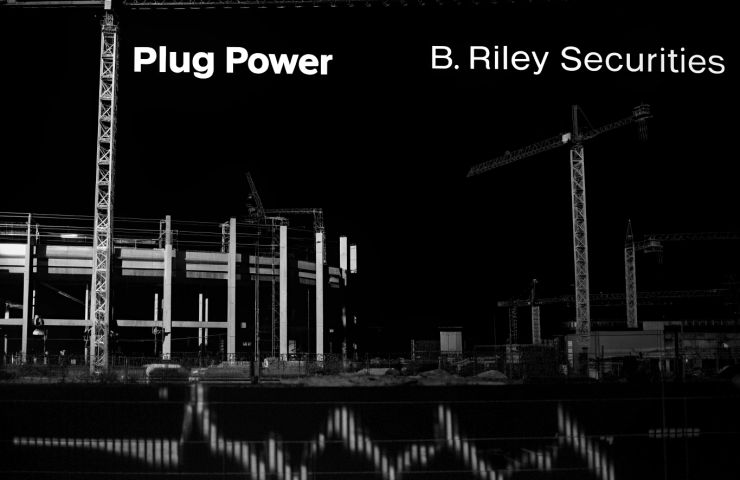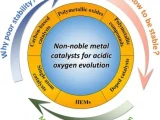
Plug Power Extends ATM Facility to Fund Hydrogen Production and Infrastructure
August 18, 2025Plug Power Inc. isn’t letting its fundraising plan sit idle. On August 15, 2025, the U.S. hydrogen fuel cell pioneer extended its At Market Issuance Sales Agreement with B. Riley Securities, Inc. for two more years, opening the door to potentially raise another $1 billion by August 15, 2027.
On August 15, 2025, Plug Power filed Amendment No. 3 to its At Market Issuance Sales Agreement under its automatic shelf registration on Form S-3 (File No. 333-237495). This tweak pushes the deal out through August 15, 2027, giving the company the green light to offer up to $1 billion of its common stock in the open market at going prices under Rule 415 of the Securities Act of 1933. Whether they choose block trades, regular broker transactions on Nasdaq, or direct placements, B. Riley Securities will be the point person. So far, the ATM program has delivered about 219.8 million shares for roughly $677.2 million, with transaction and legal fees capped at $25,000 per amendment.
ATM Sales Mechanics
Think of an ATM as a drip-feed funding tool. Instead of dumping a massive chunk of stock all at once and spooking the market, Plug Power can sprinkle shares into the market over time when conditions look favorable. They can lean on block trades, market purchases, or direct placements to line up fundraising with share-price peaks or key project milestones, smoothing out dilution and market impact.
Strategic Implications
This extension isn’t just a finance gimmick—it’s a strategic lever. Expanding hydrogen production capacity means plowing upfront capital into electrolyzers, compression units, storage tanks, and distribution networks. An ATM facility lets management “dial up” equity raises as new plants come online or when stock prices rebound. With a two-year runway, they’ve got breathing room: if the stock dips, they can hit pause; if it soars, they can accelerate sales and lock in stronger proceeds per share. That kind of flexibility is gold in the unpredictable clean-tech arena, where interest-rate swings, policy moves, and supply-chain headaches can shift investor moods overnight. Of course, issuing shares too often dilutes existing holders and might hint at ongoing cash burn, so Plug Power has to deliver margin improvements and nail project execution to keep tapping the ATM facility.
Company and Technology Context
Founded back in 1997, Plug Power has grown into a leader in fuel cell technology. You’ve probably seen their ProGen engines powering forklifts in warehouses or their GenSure systems holding the fort during grid outages. More recently, they’ve pivoted into green hydrogen production, building electrolyzer plants so they can make their own clean fuel. By vertical integrating—controlling everything from hydrogen production to fuel cell deployment—they’re positioning themselves as a one-stop shop for hydrogen solutions.
Perspective and Analysis
Zooming out to the bigger picture, the world’s push for sustainable energy is real, but scaling hydrogen infrastructure remains a capital-intensive puzzle. Unlike wind or solar, green hydrogen projects haven’t yet matured into robust project-finance markets, so flexible equity tools like ATMs have become the norm—and a neat barometer for investor sentiment. On top of that, U.S. incentives like the IRA’s Section 45V clean hydrogen production credit mean that money raised can flow directly into subsidized projects, boosting returns. But don’t forget, competition is heating up—legacy energy giants and nimble startups alike are scrambling for feedstock deals, offtake agreements, and tech partnerships. Investors will be glued to the share-placement cadence: a spike in sales could signal funding needs for a new plant, while a lull might mean they’re sitting pretty on cash. And the real proof point will be Plug Power’s Q2 2025 earnings, where we’ll see how they allocated those ATM proceeds and if their capacity ramp matches the hype.
In the end, extending the ATM facility gives Plug Power a safety net as it races to scale hydrogen production and deploy hydrogen fuel cells, all while riding the roller coaster of equity markets. It’s a high-wire act—balancing growth in the hydrogen economy with dilution risks—but if they hit their execution targets and boost margins before mid-2027, they could cement themselves as frontrunners in the push toward a cleaner energy future.



 With over 15 years of reporting hydrogen news, we are your premier source for the latest updates and insights in hydrogen and renewable energy.
With over 15 years of reporting hydrogen news, we are your premier source for the latest updates and insights in hydrogen and renewable energy.